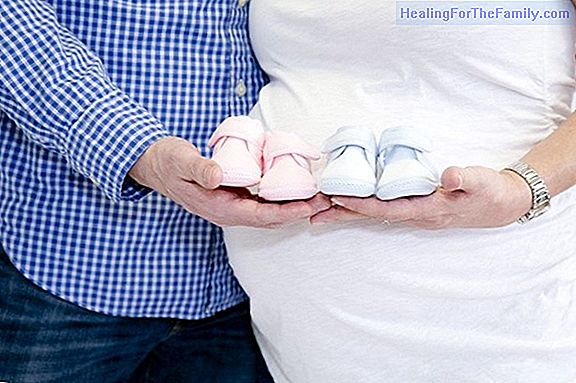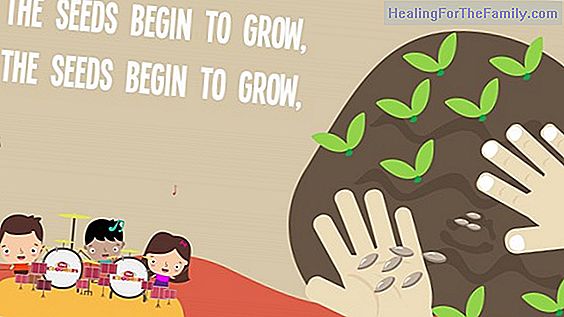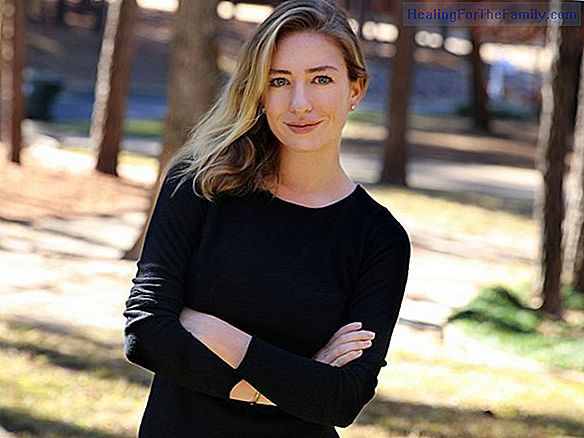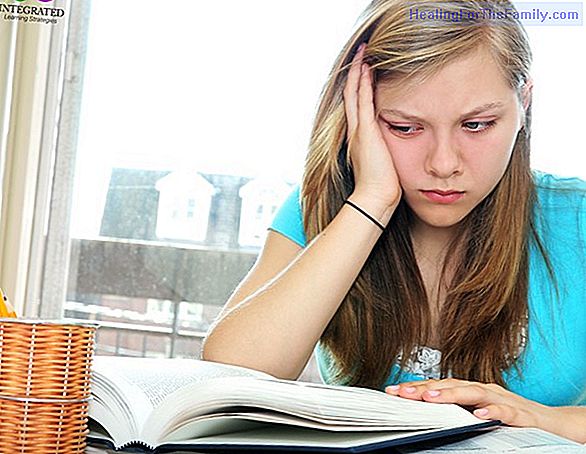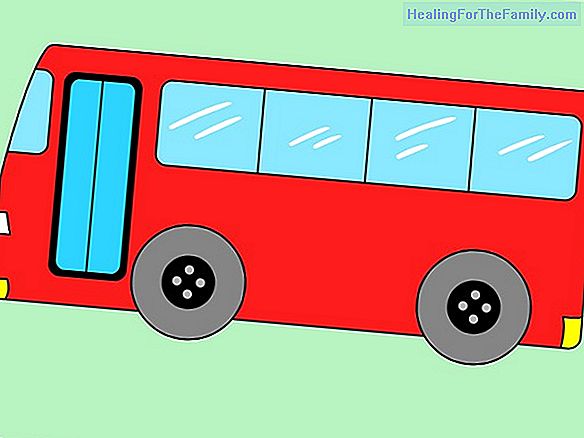What is dry eye and how to treat it in children
Not only adults suffer from dry eyes. Children can also suffer from 'dry eye' syndrome. There are many causes of dry eye in childhood. We explain what is the dry eye and how to treat it in children, as well as the causes and symptoms of this disorder during childhood. What is the dry eye and how it
Not only adults suffer from dry eyes. Children can also suffer from 'dry eye' syndrome. There are many causes of dry eye in childhood. We explain what is the dry eye and how to treat it in children, as well as the causes and symptoms of this disorder during childhood.
What is the dry eye and how it affects children
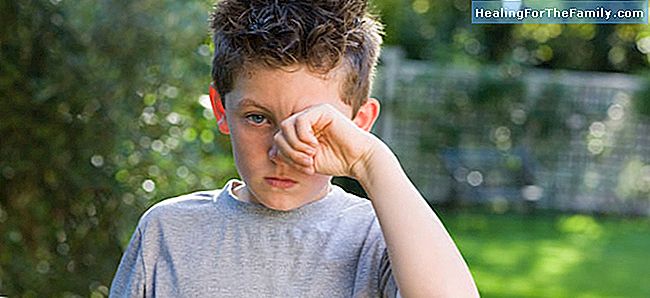
First of all, and although we believe it is the same, we must make a distinction between dry eye and dry eye, para and for that we have to understand what happens in the tear and know its composition in broad strokes. The tear is formed by a very thin lipid layer (fat) that is in contact with the air, and that has among its functions to avoid the evaporation of the aqueous-mucin layer (water) that is just below and in direct contact with the surface of the cornea. This aqueous layer occupies 99.8% of the thickness of the tear and is responsible for supplying oxygen to the cornea and protecting it from external agents.
- Dry eye:
When it comes to dry eye, we refer to a pathology of the surface of the eye. This pathology is due to multiple factors, from genetic to environmental. It is important to know that the dry eye is not only the result of the tear film being affected (either by an alteration in the amount of the same or in its quality), but because there is an important affectation of the surface of the eye as a consequence of a tear that does not manage to remain in a stable and optimal way on said ocular surface. - Dry eye: On the other hand,
when we talk about dry eyes, we refer to one of the symptoms of dry eye cuando: when we notice that we do not have tears in the eye. But the paradox can be given to have dry eye and an excess of tear, the opposite of ocular dryness, which is due to excessive production to try to alleviate the symptoms of this pathology. Although adults with dry eye syndrome usually manifest dry eyes, itching or burning sensation, blurred vision, grittiness or even sensitivity to light, these symptoms are difficult for parents to perceive and the child rarely complain. Therefore, it is important to pay attention to whether the child has a tendency to blink very frequently, scratch their eyes, or put their hands on them in windy or sunny conditions. Despite this, it is not so frequent that the dry eye condition occurs in children, and is caused by a decrease in tear production and an abnormal production of the mucosa of the lacrimal layer.Causes of dry eye in children
There are many possible causes of 'dry eye'in childhood. Among them: - The decrease in the frequency of blinking due for example to long periods using near vision, such as during reading. - The use of electronic devices increasingly present for many hours a day and at increasingly younger ages. El - Being in closed environments without good ventilation such as classrooms or rooms.
- Increasing use of air conditioning.
- Other causes are the use of medications that can alter the production or composition of the tear, trauma that affects the glands responsible for tear production or neurological problems.
What is the treatment of dry eye in childhood For the diagnosis of dry eye , the ophthalmologist usually uses strips of cellulose that he places on the outer edge of the eye and that measures the amount of tear. It also uses some drops that once instilled stain the corneal surface that is not intact (damaged by excessive dryness) and other tests of greater complexity if necessary that will lead to the diagnosis and subsequent treatment of dry eye.
In the mildest cases,
simply apply measures to alleviate the symptoms,
that is why it is important for parents to regulate the use of screens, increase the time of outdoor activities, introduce a diet rich in vitamin A and the use of Humidifiers If necessary, the ophthalmologist will prescribe the use of artificial tears as a coadjuvant.
Source:
Optometrists of Doctor Lens


